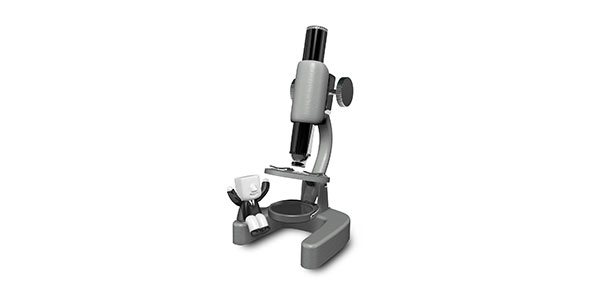Related Flashcards
Related Topics
Cards In This Set
| Front | Back |
|
What is compound conditioning?
|
The pairing of several stimuli with an unconditioned stimulus.
|
|
What are the questions associated with compound conditioning?
|
Is one CS as good as another? Do different conditions make certain CS's better signals than others? Is the signal value of a CS 'contingent' on the conditions it is presented under?
|
|
What is overshadowing?
|
CR's elicited by a more salient (more noticeable) CS will be stronger than a CR elicited by a less salient (less noticeable) CS. A stronger ( or more noticable) CS overshadows the weaker.
Also, a CR elicited by a weaker CS is smaller than if the weaker CS had been presented alone.
|
|
Describe the experiment by Kamin.
|
Gr. Phase 1 Phase 2
1 loud noise & shock check for
suppression to noise
2 loud noise, light, & shock check for
suppression to noise
With the rats, in Gr.2, the light (strong conditioned suppression to the light) was more suppressed than the noise. *The CR to the loud noise in Gr.2 was PROBABLY stronger than the CR in Gr.1, because we have this overshadowing effect where a new stimulus, the light is more noticable than another stimulus.*
-*Conditioned Suppression means that the CR is suppressed/reduced/lessened/etc.*
|
|
How can we obtain overshadowing in our experiments?
|
1. Change the relative saliences or strengths of the stimuli
2. Present one stimulus more often than another
|
|
Show the design by which we can examine overshadowing by presentation of one stimulus more than another. What is found?
|
Gr. Phase1 Phase 2 Phase 3
1 light, tone & (Nothing) suppression to
shock light?
2 tone & shock light, tone & suppression to
shock light?
There is strong suppression to light in Group 1, but not Group 2. More pairings had no effect on suppression to the light. This 'probably' means that the light is a less salient CS than the tone. The CR to the light is going to be stronger in Gr. 2 because of the greater salience of the compound conditioning (better noticability of the light) going on in Gr.2
|
|
What does it mean when we say that the CS (NOT the CR) has been blocked?
|
It means that overshadowing is so strong that it results in essentially no conditioning for one of the CSs.
|
|
Is a procedure in which an initial phase and later phase is used to test for blocking the only procedure? If not, what is another procedure, and who is responsible for showing this procedure?
|
No, this is not the only way. As shown by Rescorla and Wagner, You could intersperse simple and compound conditioning, or randomly mix trials together, presenting one CS more often than another.
|
|
What finding have we learned about that blocking can be used to explain?
|
Blocking can explain the UCS pre-exposure effect.
|
|
What is the good explanation for blocking?
|
Signal value. Those CSs that appear more often than other CSs predict the UCS better, thus having better signal value. *Thus, the CS that has less signal value is blocked.*
|
|
What is another explanation that goes beyond simple frequencies?
|
Redundancy. The added CS does not add any new information. The animal now knows it has the perfect CS to predict the UCS, so it doesn't pay attention to the new CS.
|
|
What is another explanation for the UCS pre-exposure effect? Draw the design to show how we test this?
|
Contextual conditioning. The reason that presenting the UCS alone does not have much effect on later learning after the UCS is paired with a CS is that the Context the UCS is presented in, may restrict the amount of learning that occurs with the CS.
Phase 1 Phase 2 Phase 3
Context&UCS Context,CS,&UCS Is there a
CR to the CS?
|
|
What was Kamin's claim on redundancy?
|
The more surprising the UCS is, the more likely the animal will seek a better predictor/signal, blocking conditioning with other signals.
|
|
What is unblocking? Explain how signal value can account for this.
|
When a stimulus that was blocked before gets unblocked. When a situation is surprising, we ought to be able to unblock our stimulus by getting it to make a new prediction. In other words, our stimulus becomes a good signal, and gets unblocked.
|
|
Explain blocking and unblocking in terms of conditioned suppression.
|
If a stimulus is blocked, it means there is conditioned suppression.
|





